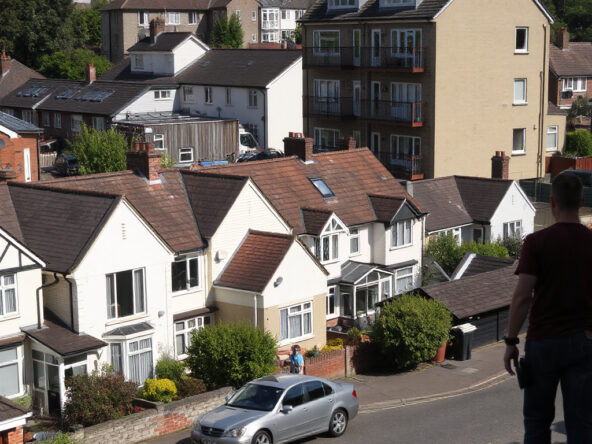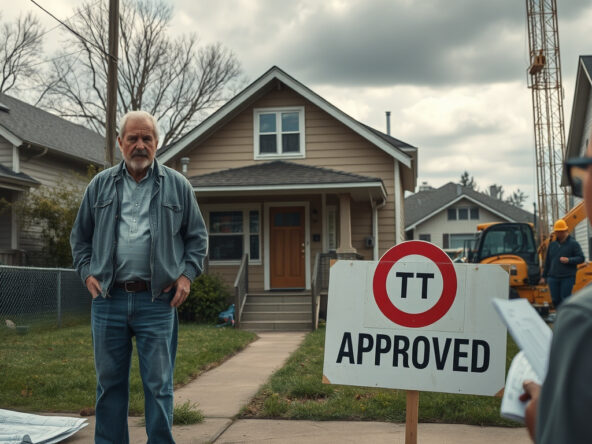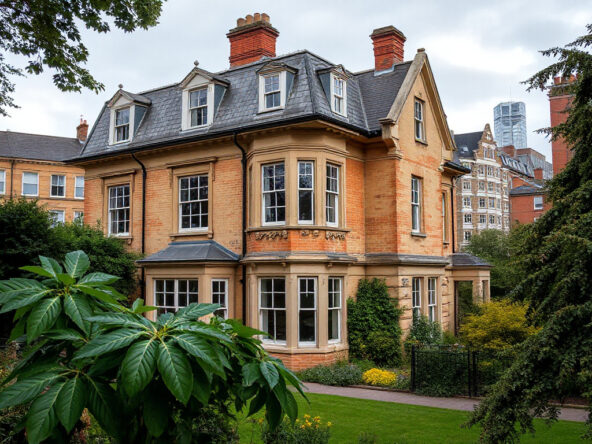Understanding Council Tax for Second Homes in the UK
Investors face a new change. The new law links council tax to how you use a home. In April 2025, many places in England will see a tax rise on second homes. The law in England mirrors changes now in force in Scotland and Wales. Homeowners and investors must keep close to local law.
What Is Changing?
In 2024, law gave local councils a new tool. Councils now may add up to a 100% tax on homes that do not serve as the main residence. This new rule means a tax bill may almost double. For example, a tax that stands at about £2,171 per year might go close to £4,342. Many councils in holiday areas now hold this power. Places such as Cornwall, South Hams, and Cumberland see many homes for breaks. Local councils in over 150 areas are set to use the added tax.
Implications for Property Investors
The tax rise on second homes brings new cost factors for those who invest in property. Tax doubling puts pressure on profit as funds move away from reserve accounts. Investors face higher stamp duty and limits on the relief for mortgage interest. When tax bills come in March, investors feel cost pressures sooner rather than later.
Determining Local Council Tax Policies
It helps a homeowner to see if the extra tax applies nearby. Many councils in busy tourist spots have voted to add extra tax. A check on your council website shows the rules. The government’s online portal lists which authority covers your area. This check keeps you clear of surprises.
Classification of Second Homes
Owners must know how a home gets its label. A second home is a furnished house that does not serve as the main living space. Sometimes, councils use different definitions, so confusion can arise. Even small holiday huts may not fit the common idea of a second home. If a tax bill comes that you do not expect, call your local council or contact the Valuation Office Agency. This step brings clarity and may fix errors.
Secondary Properties and Tax Responsibilities
Different rules touch buy-to-let houses, empty homes, or holiday lets. Owners of buy-to-let homes see that tenants handle the tax in many cases. In houses where many people live, like HMOs, an owner might face the tax but can pass this on to tenants by the rental deal. For unfurnished empty homes, local councils may add a fee that grows larger with time. In holiday lets, a home usually does not pay council tax but instead pays business rates. Business rates sometimes work better for owners.
Can You Avoid Council Tax on a Second Home?
Finding a way to stop council tax is not common. One path takes a second home and changes its use to a holiday let. In this case, the house stops its council tax but sees limits on personal use. When a home is under repair or is inherited, the law sometimes gives a pause on tax for a short spell.
Conclusion
Councils change rules while the property scene shifts. Buyers and sellers must keep track of how these changes touch second homes. Check local council laws and labels, and use this close check of local rules to plan your funds. Investors who study their options can plan better for a tax rise and deal with cost changes as they come.
Smart investors keep a close watch on local law and test all ways to manage the tax load well. This careful study builds a base for handling the tax rise in the coming months.



